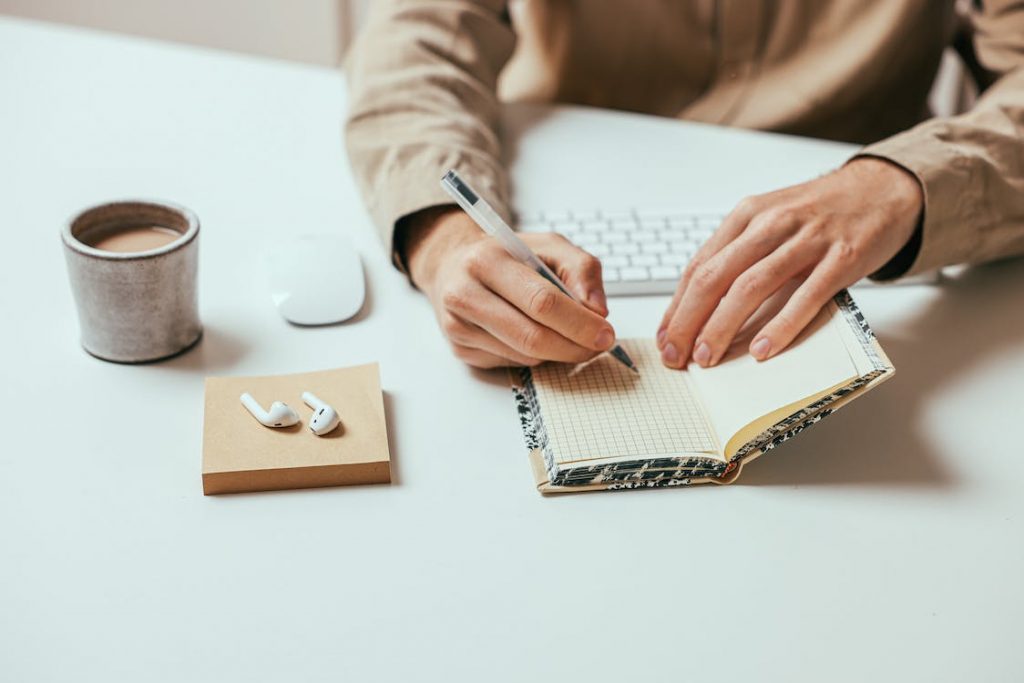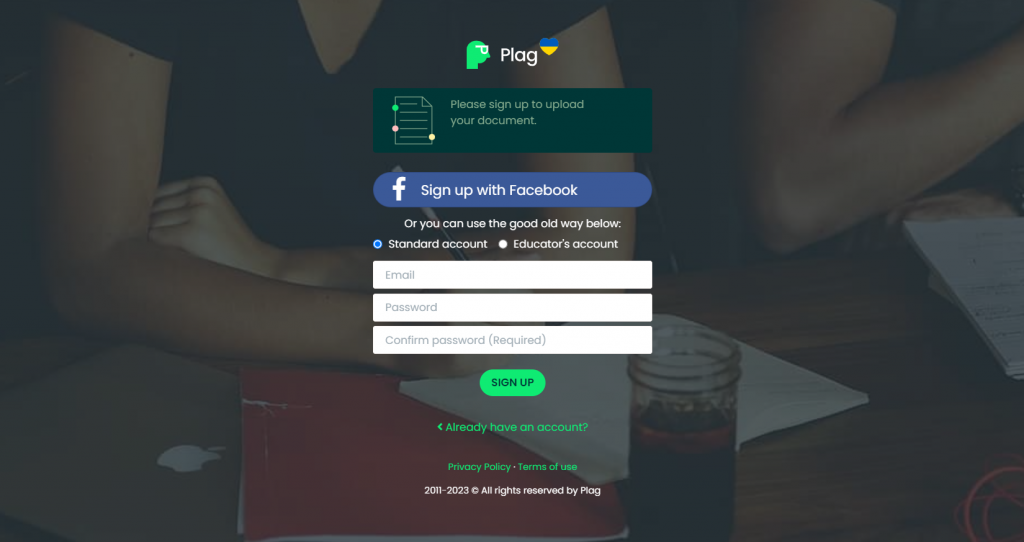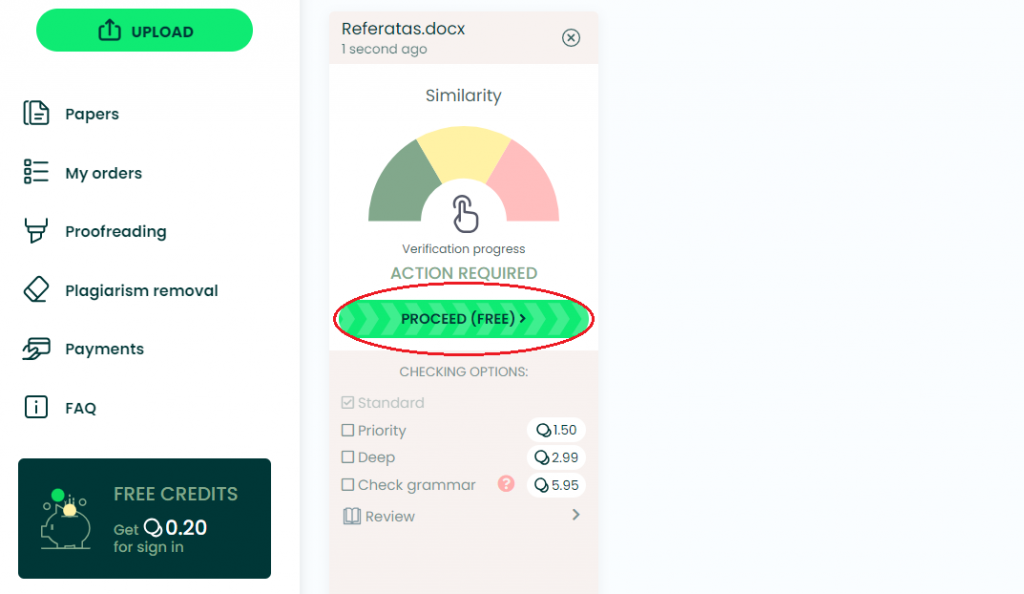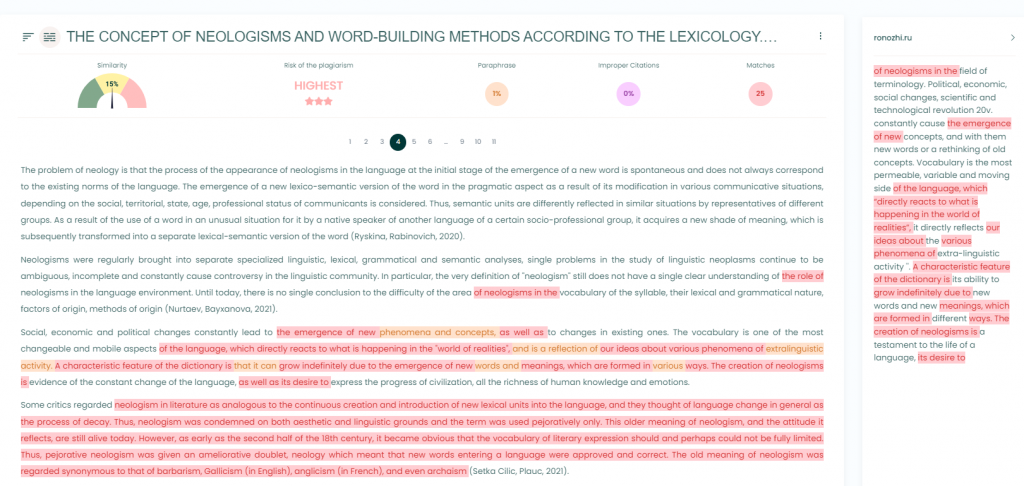Diving into the world of content creation can sometimes feel like a labyrinth. As more and more people worry about plagiarism, tools like the “originality checker” become super important. It’s not just something for students; writers, editors, and anyone making content can truly benefit from it. If you’ve ever wondered about how original your work is or if you’re using content that might be too similar to something else out there, you’re in the right place.
In this article, we’ll highlight the significance of originality and guide you through the process of using an originality checker, like ours, ensuring your work stands out clearly.

The growing threat of plagiarism
The push for original content has never been stronger as concerns over duplicated work strengthen. Students, writers, bloggers, and creative minds from every corner of the world are struggling with the increasing challenges presented by plagiarism. While many believe that plagiarism mainly affects the academic world, involving only students and teachers, this belief misses the broader picture. In reality, anyone who works with written content, be it editing, writing, or drafting, is at risk of unintentionally producing non-original material.
At times, this lack of originality happens inadvertently. In other cases, individuals might mistakenly consider their work as unique, overlooking the reality. Regardless of the reason, what’s crucial is to be proactive in ensuring the authenticity of your content. An originality checker, such as the one offered by our platform, becomes necessary in this endeavor. These are specialized software designed to help users verify the uniqueness of their content, making them essential support for content creators.
Below, we provide a step-by-step guide on using the power of the Plag originality checker to guarantee content originality:
STEP 1: Sign up for our originality checker, Plag
To start using our platform, you need to sign up. There’s a special button at the top of our webpage labeled ‘Sign up’. You can either fill out the form to sign up traditionally via email or use Facebook, Twitter, or LinkedIn to sign up. The entire process is quick and effortless. Your account will be active in about a minute.

STEP 2: Upload your documents
After successfully signing up, follow these steps to upload and check your documents for originality:
- Log in. Once you’ve signed up, log into your account.
- Navigate. On the main screen, you’ll see various options.
- Choose to check for originality. If you’re ready to check your documents for originality, dive straight in.
- File formats. Our text originality checker accepts files with the .doc and .docx extensions, which are standard for MS Word.
- Converting other formats. If your document is in another format, you’ll need to convert it to .doc or .docx. There’s plenty of free conversion software available online for this purpose.

STEP 3: Start the checking process
Here’s how you can check your documents for originality:
- Initiate the check. Using the originality checker is completely free for all our users. Simply click the ‘Proceed’ button.
- Join the queue. After pressing the button, your text will be placed in a waiting queue. The wait time might vary based on server activity.
- Analysis. Our originality checker will then analyze your text. You can monitor the progress with the help of a progress bar, which shows the percentage of completion.
- Priority system. If you notice the ‘Low priority check’ status, it means your document will be analyzed after those with higher priority. However, there are options to expedite the process if needed.
Remember, you can always speed up the analysis to get faster results.

STEP 4: Analyze the originality report from the multilingual originality checker
Viewing the report is crucial to understanding where and how your content might overlap with other sources.
- Main screen evaluations. On the primary screen, you’ll find categories like ‘Paraphrase’, ‘Improper citations’, and ‘Matches’.
- Paraphrase & Improper citations. If either of these evaluations registers above 0%, it’s a signal to investigate further.
- Matches. This considers the thickness of possible non-original content in your document. It’s ranked in stars: three stars signify the highest concentration, while zero stars indicate the lowest.
- Deep search option. If you need more detailed analysis, there’s a deep search option available. It offers a comprehensive look into your content. Note, however, that viewing the detailed report might come with a premium fee. But here’s a tip: sharing our platform on social media or other channels could give you free access to this feature in the future.

STEP 5: Analyze results and decide next actions
After uploading your article to the originality checker and reviewing the results and reports (including a potential ‘deep search’), it’s crucial to decide your next steps:
- Minor inconsistencies. If the detected overlaps are small, you might consider using our online editing tool to adjust the problematic sections.
- Significant plagiarism. For extensive plagiarism, it’s advisable to completely rewrite or restructure your document.
- Professional protocols. Editors, educators, and business professionals should guarantee they stick to set protocols and legal guidelines when handling plagiarized content.
Remember, the key is to maintain the authenticity of your work and uphold ethical writing standards.

Conclusion
| As content creators, it’s our responsibility to guarantee that our work is authentic, unique, and free from plagiarism. This not only supports our reputation but also respects the efforts of the original creators. With the rising concerns over duplicated work, tools like our originality checker have appeared as invaluable support for students, writers, professionals, and creators alike. It’s not just about avoiding plagiarism; it’s about promoting a culture of integrity, diligence, and respect for intellectual property. By following the steps outlined in this guide, you can navigate the intricate world of content creation with confidence and pride in the originality of your work. So, the next time you pen down your thoughts or draft a report, remember the significance of originality and let our platform be your trusted companion in this journey. |
